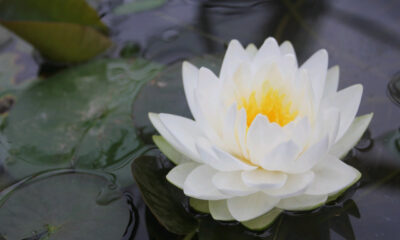by Ciara-Ruth Kenny 1,Anna Stojakowska 2,Ambrose Furey 1,3 andBrigid Lucey 1,*
1 Centre for Research in Advanced Therapeutic Engineering and BioExplore, Department of Biological Sciences, Munster Technological University, Rossa Avenue, Bishopstown, T12 P928 Cork, Ireland
2 Maj Institute of Pharmacology, Polish Academy of Sciences, 31-343 Kraków, Poland
3 Mass Spectrometry Group, Department of Physical Sciences, Munster Technological University, Rossa Avenue, Bishopstown, T12 P928 Cork, Ireland
*Author to whom correspondence should be addressed.
Abstract
With antimicrobial resistance rising globally, the exploration of alternative sources of candidate molecules is critical to safeguard effective chemotherapeutics worldwide. Plant natural products are accessible, structurally diverse compounds with antimicrobial potential. The pharmacological applications of plants in medicine can be guided by the attestation of traditional use, as demonstrated in this study. In Irish ethnomedical literature, Inula helenium L. (elecampane) is often indicated for respiratory and dermal ailments. This is the first assessment of antimicrobial sesquiterpene lactones from the roots of elecampane, naturalised in Ireland. Traditional hydro-ethanolic extracts were prepared from multi-origin elecampane roots. A novel clean-up strategy facilitated the bioactivity-guided fractionation of a subset of anti-staphylococcal fractions (the compositions of which were investigated using HPLC-DAD, supported by 1H NMR). The natural products attributing to the antimicrobial activity, observed in vitro, were identified as alantolactone (1), isoalantolactone (2), igalan (3), and an unseparated mixture of dugesialactone (4) and alloalantolactone (5), as major compounds. The findings suggest that the geographical origin of the plant does not influence the anti-bacterial potency nor the chemical composition of traditional elecampane root. Considering the prevalence of staphylococci-associated infections and associated broad spectrum resistance in Irish hospitals, currently, further research is warranted into the usage of the identified compounds as potential candidates in the control of staphylococcal carriage and infection.
Keywords: Inula helenium; elecampane; antimicrobial activity; ethnobotany; compound isolation; sesquiterpene lactones; staphylococcal infection
1. Introduction
1.1. Ethnobotany in Drug Discovery
Challenges in antimicrobial chemotherapy are widespread. Most chemotherapeutic agents in clinical development today are modifications of known structures and, thus, cannot alleviate existing issues with cross- and pan-resistance among pathogens. The prevalence of antimicrobial resistance (AMR), combined with a lack of innovative leads and novel structural classes introduced to the antibacterial armamentarium in recent decades, is at the forefront of this impending crisis [1]. With ~80,000 plant species in the Amazon alone [2], the potential structural diversity in the terrestrial Plant Kingdom is enormous, albeit underutilised in medicine.
Target-directed drug discovery models have outstanding merits; however, when it comes to microbial infection, focusing on one molecule and one target could be an ineffective method over time, since microorganisms evolve at a greater rate than we can create new drugs with new targets. This is evidenced by the fact that only six new antibiotics have been approved for therapeutic use in the last 30 years and resistance has already been observed to these [3], combined with a weak pipeline for new antimicrobial agents [4]. Multi-compound (combinatorial treatment) or potentiator/adjuvant therapies [5,6] are alternatives that warrant investment.
Using an ethnobotanical approach, the pharmacological applications of plants in medicine can be guided by attesting traditional/indigenous use or by applying this knowledge to uncover natural products with new biological applications [7,8]. This approach serves as an accessible starting point and increases the probability of discovering medicinally useful compound(s), which aligns with global strategic objectives to tackle AMR [9]. Plants are a prosperous source of therapeutic chemical entities and may offer significant potential in the universal quest for effective infectious control.
Elecampane – LIFE FORCE HEALTH CENTER
https://www.mdpi.com/1420-3049/27/4/1406/htm

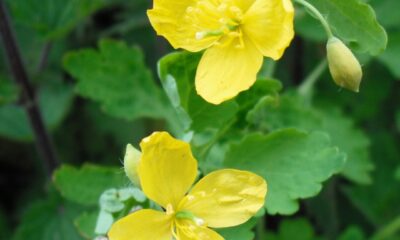
 Alternative Health2 years ago
Alternative Health2 years ago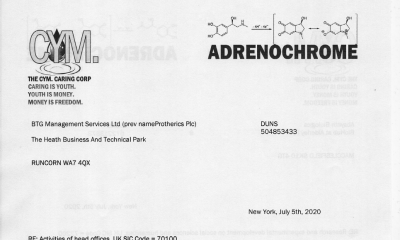
 Life Force Network2 years ago
Life Force Network2 years ago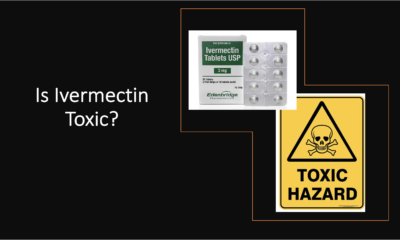
 Alternative Health1 year ago
Alternative Health1 year ago
 Life Force Network2 years ago
Life Force Network2 years ago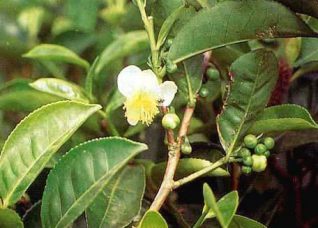
 Alternative Health2 years ago
Alternative Health2 years ago
 Military2 years ago
Military2 years ago


